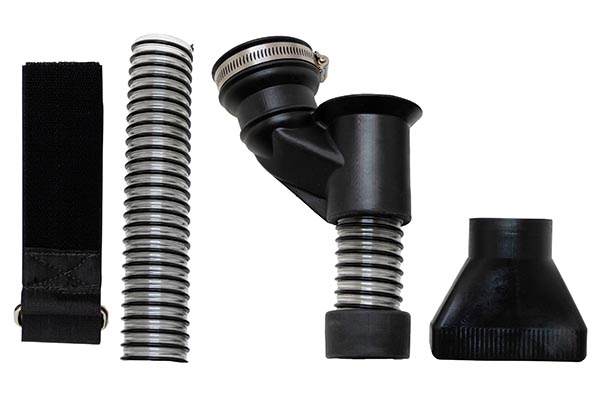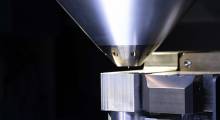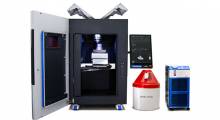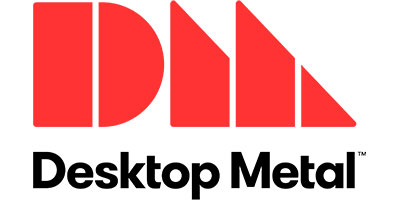Desktop Metal Inc. said today that it has acquired Adaptive3D Technologies LLC, a provider of elastomeric solutions for additive manufacturing. Adaptive3D's products enable the high-volume production of end-use parts through additive manufacturing using odorless, tough, strain-tolerant, tear-resistant, and biocompatible rubbers and rubber-like materials.
Adaptive3D offers additive manufacturing polymer resins and specialty polymers to companies around the world in the consumer, healthcare, industrial, transportation, and oil and gas sectors. The company claimed to be a leader in printing and processing rubber-like materials, damping materials, and low-cure stress photopolymers.
“The acquisition of Adaptive3D advances Desktop Metal’s vertical integration strategy to grow our portfolio of materials and expand the high-volume applications supported by our polymer additive manufacturing solutions,” stated Ric Fulop, founder and CEO of Desktop Metal. “Elastomers and rubber materials are a killer app for 'Additive Manufacturing 2.0.'”
Adaptive3D a leader in elastomers
Adaptive3D said its patent portfolio is based on fundamental materials processing, some of which has been translated from the University of Texas at Dallas and is based on the team’s past funding from the Defense Advanced Research Projects Agency (DARPA), the Defense Threat Reduction Agency, the National Science Foundation, and the McDermott family, who are the co-founders of Texas Instruments.
The company said its printable materials are optimized for high-throughput manufacturing of functional, complex 3D plastic and rubber parts. Adaptive3D's flagship resin is Elastic ToughRubber 90, a durable, printable photopolymer elastomer. The company said it serves high-throughput manufacturing, while maintaining low cost of production and superior material performance.
Adaptive3D has received strategic capital from leading materials companies including Covestro, Arkema Group, West Pharmaceuticals, Applied Ventures, and Royal DSM. It noted that Desktop Metal's scale and channel network provide “a massive opportunity” for it to expand.
“We are thrilled to partner with Desktop Metal to enable additive manufacturing through our differentiated materials,” said Dr. Walter Voit, founder and CEO of Adaptive3D. “This acquisition extends our already strong partnership with EnvisionTEC, enabling us to accelerate our growth into the $129 billion elastomer and flexible foams market just waiting for high-volume, additive manufacturing elastomer capabilities.”
Adaptive3D will operate as a wholly owned subsidiary of Desktop Metal, and Voit will continue to lead the business from its headquarters in Plano, Texas.
Bolstering Additive Manufacturing 2.0 and Library
Burlington, Mass.-based Desktop Metal is adding Adaptive3D to its 3D printing range from rapid prototyping to mass production. Leaders in advanced manufacturing, metallurgy, and robotics founded the company in 2015. It said the acquisition extends Adaptive3D’s existing partnership to pair ToughRubber photoresins with EnvisionTEC’s Xtreme 8K.
The Xtreme 8K printer is optimized for area-wide photopolymer printing and is the largest build-area, production-grade, digital light processing (DLP) 3D printer in the world. Coupled with Adaptive3D’s resins, customers can produce tough, durable parts quickly and in volume with premium surface quality, robust material properties, and high part accuracy, said Desktop Metal.
“Adaptive3D has the best photoelastomer resins in the world,” said Fulop. “Combining Adaptive3D’s patented and superior elastomer materials with our printers, such as the Xtreme 8K, which lead the industry in throughput, affordability, and part quality, will accelerate the adoption of additively manufactured solutions for high-volume, end-use elastomeric parts and products.”
“This transaction advances Desktop Metal’s strategy to grow our proprietary materials portfolio in order to expand the high-volume applications we can provide our customers,” he added. “We will continue to search for attractive opportunities to organically and inorganically add to our library of over 225 qualified materials across metals, composites, polymers, ceramics, biocompatible materials, wood, and now elastomers.”
Article topics
Email Sign Up

















